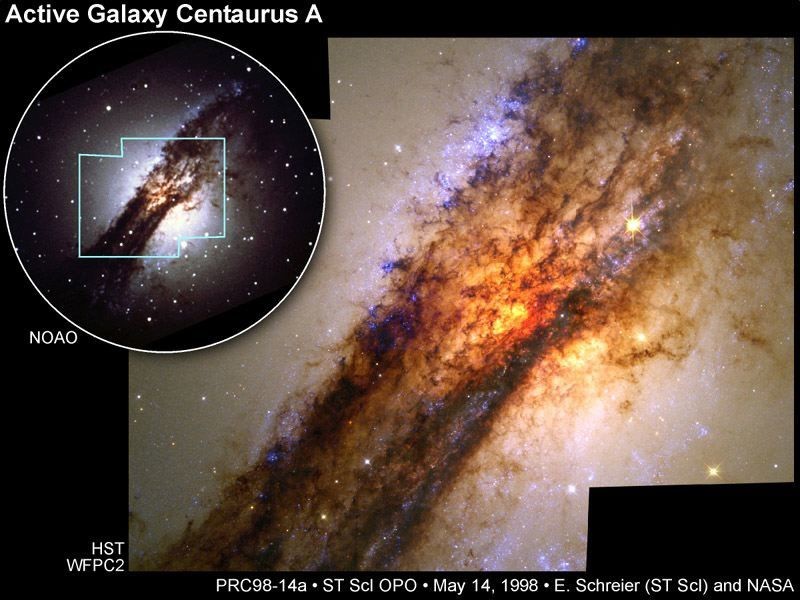Astronomers at the Center for Astrophysics, Harvard & Smithsonian have found a new way to detect newborn planets that are elusive, according to Interesting Engineering.

Finding young planets has been a challenge because they are usually covered in thick layers of gas and dust. In the past years, astronomers have found structures pop up on disks that they think are because of the presence of a planet. However, there was no way for them to find out then.
The New Technique
Astronomers study a protoplanetary disk, the LkCa 15 518 light years away. There were already claims that there were planet formations in the disk based on observations with the ALMA Observatory.
With this, they examined high-resolution ALMA data on LkCa 15 from 2019 and found two faint yet important features that have been missed by other astronomers. The findings were found at about 42 times the distance Earth is from the Sun. They also looked like dusty rings with two separate and bright materials orbiting within.
They further reviewed this with computer models that led them to learn about the size of the object and locations that matched the model for the presence of a planet.
However, due to the limitations in technology, the newborn planet can' be imaged directly. Still, the astronomers are hopeful that future ALMA observations of LkCA 15 will provide further evidence supporting planetary discovery. The astronomers hope that this new method will be used by others to make more discoveries.
Also Read: NASA TESS Discovers Two New Huge Extrasolar Planets
Newborn Planets in Space
Young planets in space are somewhat unique and raw. They can be considered protoplanets that are not fully formed. As such, they are surrounded by dusty and gaseous materials that make them hard to see. This can make it hard to detect even if they have a potentially habitable environment.
However, these new findings make it easier to study these young planets and thereby allowing astronomers to know more about their composition. They can also learn more about the early stages of the Universe and how planets formed. In addition, they can also provide clues to their formation and how old they are. This can help us know how the solar system that we live in came to be.
The cosmos and everything in it have a story to tell, and this is the first step to knowing about it and all of the things that happened in space. The universe is vast and filled with things that we can't even see. We can only imagine what else is out there.
Related Article: New Super-Earth Planets in Habitable Zones Spotted! Experts Claim One of Them is the 2nd Most Habitable
This article is owned by Tech Times
Written by April Fowell
ⓒ 2025 TECHTIMES.com All rights reserved. Do not reproduce without permission.




